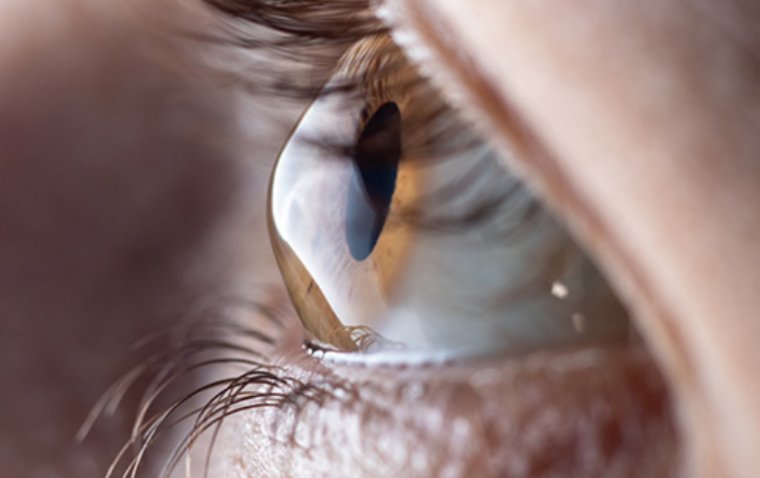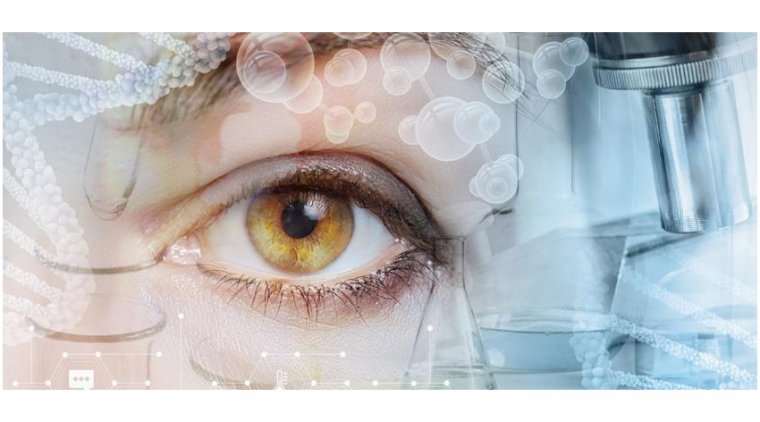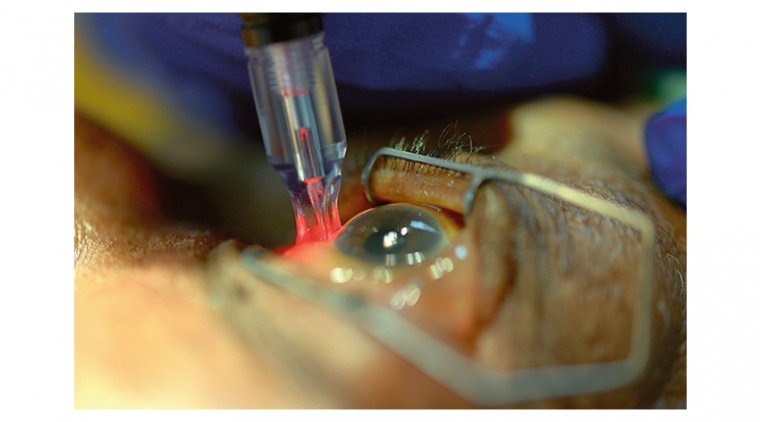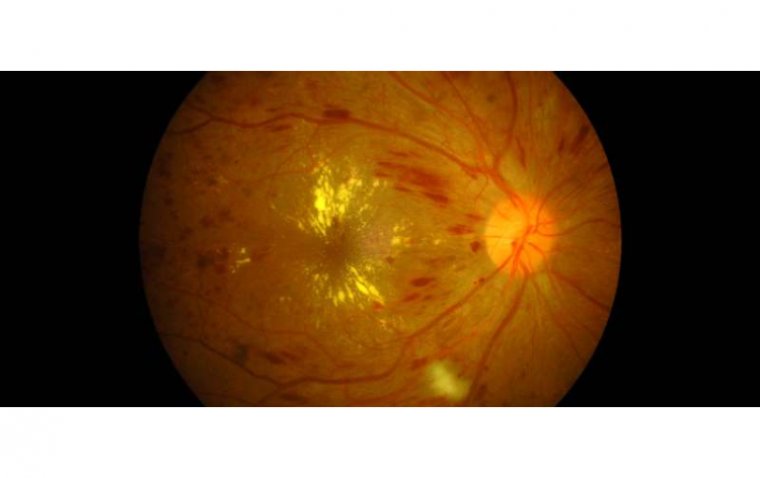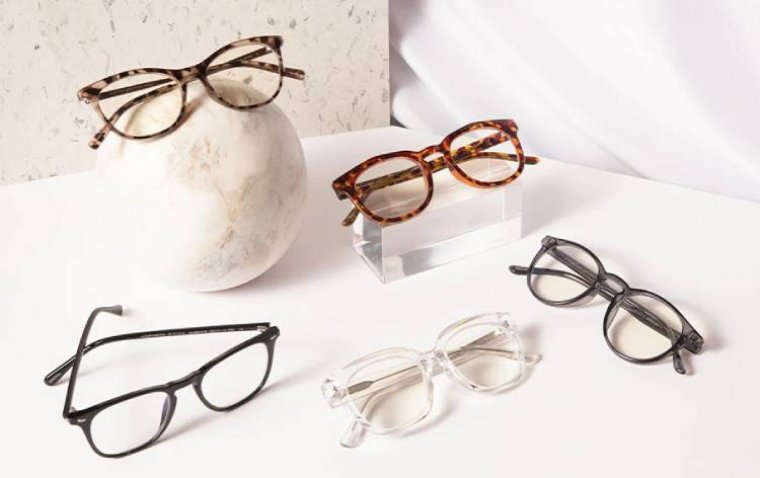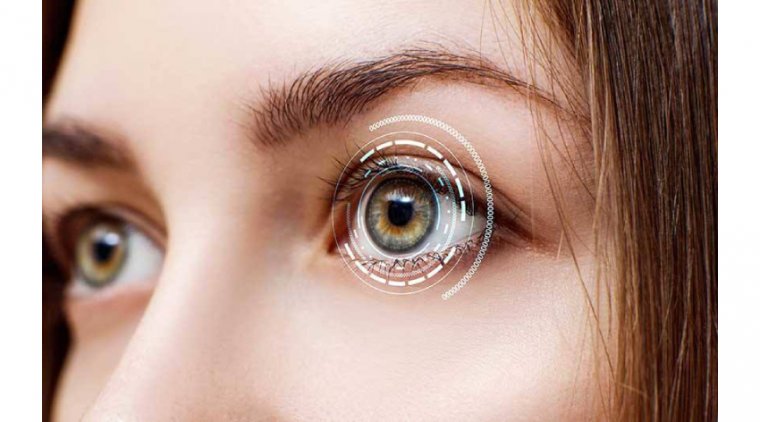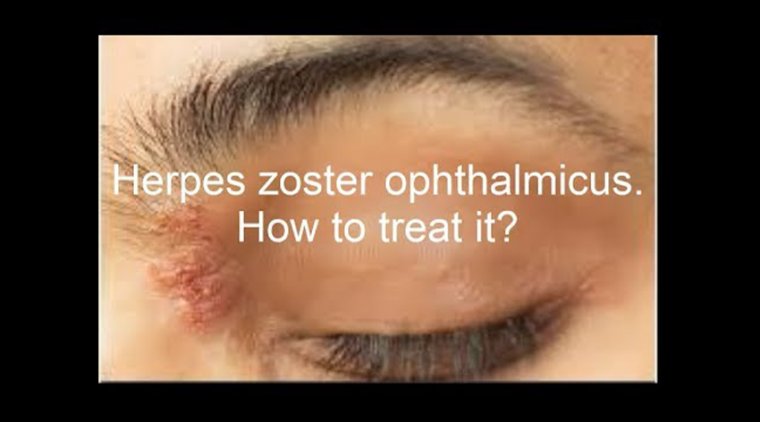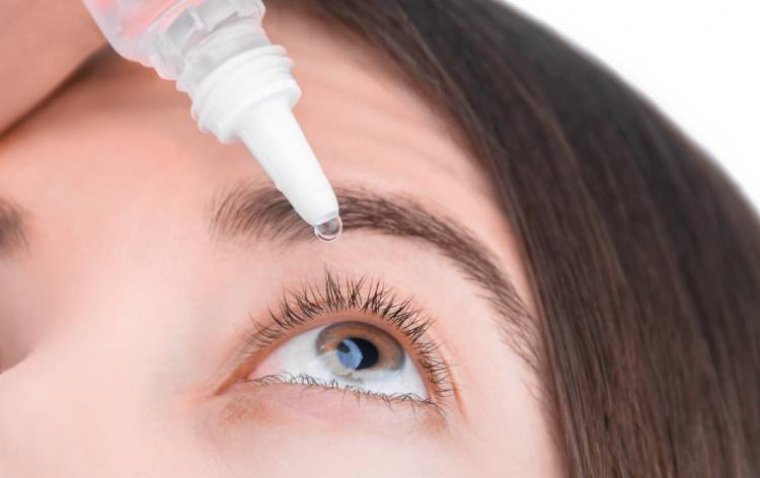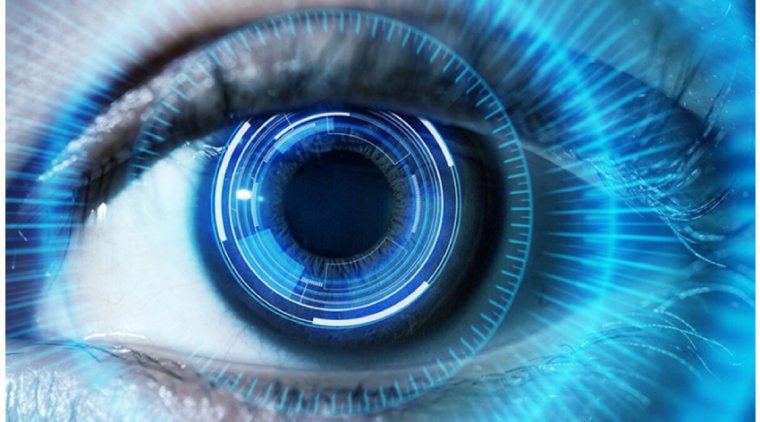
Top 10 Innovations in Contact Lens Technology
Contact lenses have come a long way since their inception in the early 1900s. From being a simple corrective device for vision problems, they have evolved into a versatile tool for addressing various eye conditions and enhancing vision. Thanks to advancements in technology, contact lenses have become more comfortable, durable, and easy to wear.
In this article, we'll explore the top 10 innovations in contact lens technology that have revolutionized the way we see and care for our eyes.
1. Colored Lenses:
Colored contact lenses have become increasingly popular for cosmetic purposes. They can change the color of the wearer's eyes, enhance natural eye color, or create a dramatic effect. They are available in a wide range of colors and designs.
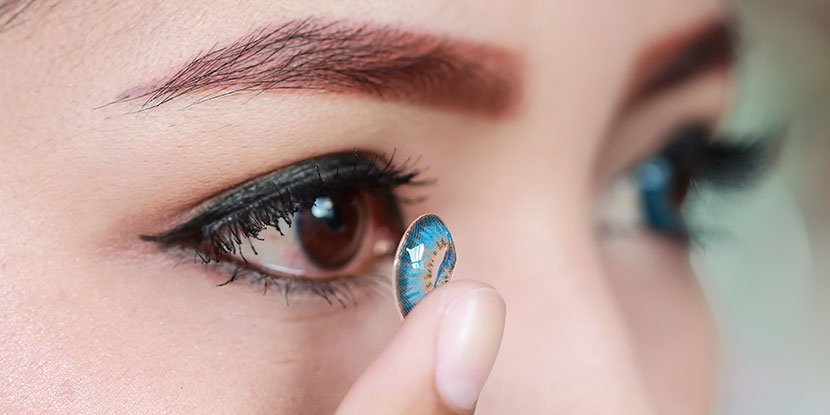
2. UV-blocking Contact Lenses:
UV-blocking contact lenses are designed to protect the eyes from harmful UV radiation, which can cause cataracts, macular degeneration, and other eye conditions. These lenses are made with a special coating that blocks UV rays from entering the eyes.
3. Daily Disposables:
Daily disposable contact lenses are designed to be worn for a single day before being discarded. This type of lens eliminates the need for cleaning and disinfecting, making them ideal for people with busy lifestyles. Daily disposables are also more hygienic and can reduce the risk of eye infections.
4. Toric Lenses:
Toric contact lenses are designed to correct astigmatism, a condition in which the cornea is irregularly shaped. Toric lenses are available in both soft and rigid gas-permeable materials.
5. Multifocal Lenses:
Multifocal contact lenses are designed to correct presbyopia, a condition that affects near vision as people age. Multifocal lenses have multiple zones for different distances, allowing wearers to see clearly at all distances without the need for reading glasses.
6. Telescopic Contact Lenses:
Telescopic contact lenses are a recent development in the field of ophthalmology that allows people with age-related macular degeneration (AMD) to see more clearly. Telescopic contact lenses use miniature telescopes that are built into the lens to magnify images and project them onto a healthy part of the retina, thus improving vision.
.jpg)
7. Extended Wear Lenses:
Extended-wear contact lenses are designed to be worn for longer periods, typically up to a week or more. They are made from materials that allow more oxygen to pass through to the cornea, reducing the risk of eye irritation and infection.
8. Hybrid Lenses:
Hybrid contact lenses are a combination of rigid gas-permeable and soft contact lenses. They are designed to provide the clarity of rigid lenses with the comfort of soft lenses. Hybrid lenses are suitable for people with irregular corneas or high astigmatism.
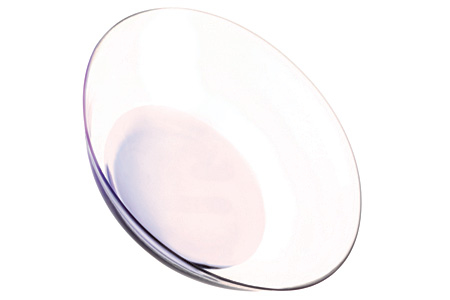
9. Orthokeratology Lenses:
Orthokeratology lenses are a type of contact lens that can temporarily reshape the cornea to correct myopia (nearsightedness). They are worn overnight and removed in the morning, providing clear vision throughout the day without the need for glasses or contact lenses.
10. Smart Lenses:
Smart contact lenses are a new type of contact lens that can monitor various health metrics, such as glucose levels and intraocular pressure. They can also incorporate augmented reality technology, providing wearers with real-time information and enhancing their vision.

In conclusion, the innovations in contact lens technology have made them more comfortable, versatile, and convenient than ever before. Whether you have a vision problem or just want to enhance your eye color, there is a contact lens available to suit your needs. Consult your eye doctor to find out which type of contact lens is best for you.
(1).jpg)
